Probing the secrets of the brain
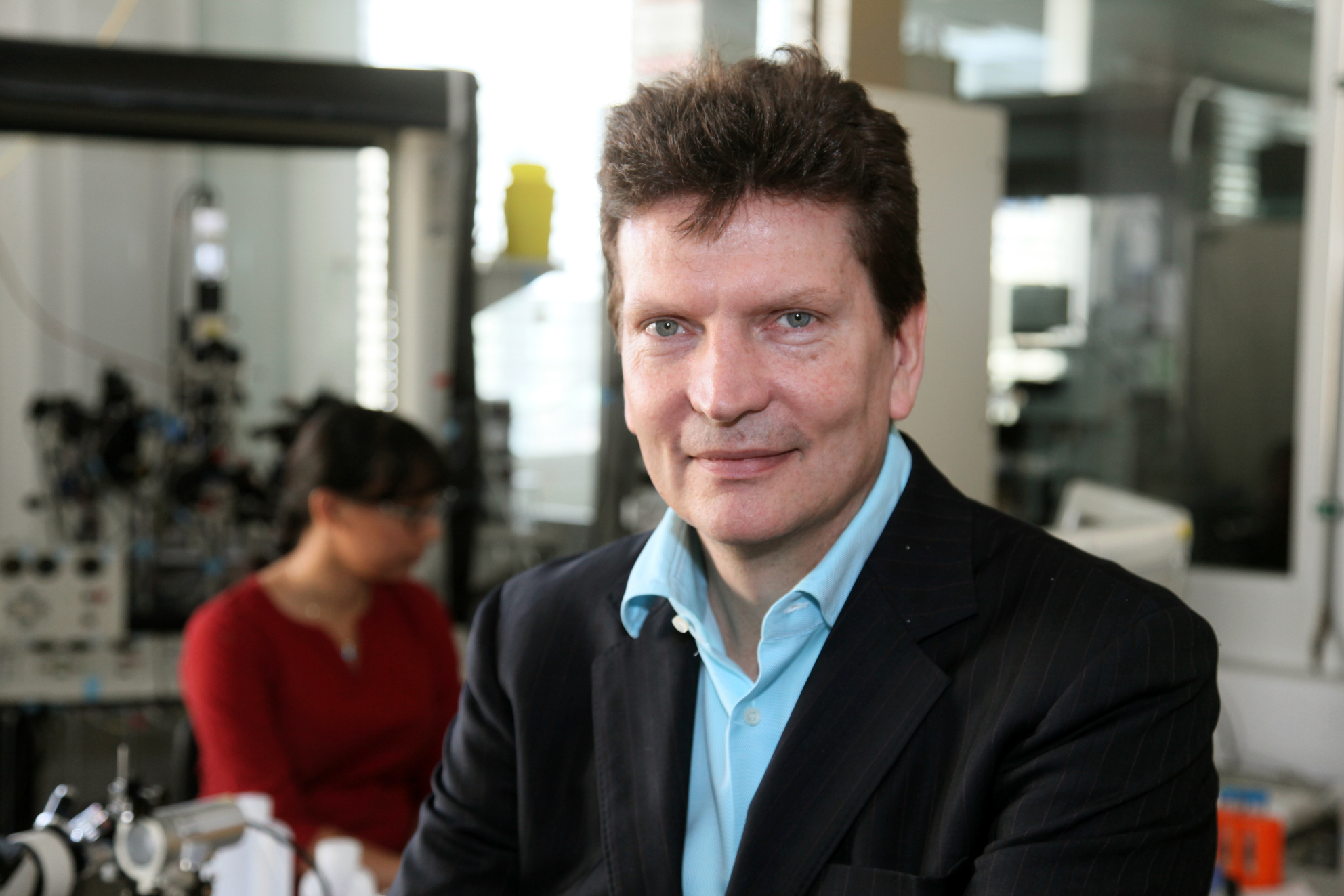
An ambitious project to understand the functioning – and malfunctioning – of the human brain is hoping to attract major European funding.
The Human Brain Project (HBP) builds on work already being done by a team at the Federal Institute of Technology Lausanne (EPFL), under the name of Blue Brain, which is headed by Henry Markram.
The HBP will use everything we know about the brain to make computer models that can then be used to simulate the way it actually works. The ultimate aim is to simulate the complete brain.
At the conference of future and emerging technologies held in Budapest earlier this month, it was announced that the HBP had been selected as one of the finalists competing for European Union funds worth €1 billion (SFr1.28 billion) over the next ten years. The two winners will be named next year.
“It’s a unique opportunity for Europe to take the lead in understanding the brain,” Markram told swissinfo.ch.
Blue brain
Markram and his team have been working on the Blue Brain project since 2005. They use the technique of reverse engineering; rather than designing an object and then constructing it, they take an existing object – the brain – as their starting point and try to work out the blue print.
They start with the basic building bricks. First, the proteins (large molecules which make up the cells), then the neurons, through which information passes, and the glial cells, which support and protect the neurons. Then come the neurotransmitters, bundles of ions which pass from one cell to another: all of that is reconstructed virtually on the basis of data obtained from living matter.
Experiments using rat neurons have already proved a mine of information about the basic way the brain cells work. The activity of the neurons was deciphered in detail and modelled by computer. As a result, Blue Brain has been able to simulate the rat cortical column – a neuronal network containing about 10,000 neurons.
The rat has about 100,000 of these columns. But the human brain, the ultimate target of the HBP, may have up to two million columns, each with about 100,000 neurons.
What’s the point?
The aim in creating a virtual brain is not to end up with some kind of sci-fi creation that can play chess or pilot a space ship. It’s a tool with a specific purpose.
“It will be like a massive MRI facility in a hospital,” Markram explained. “It’s not about having some toy model that people can play around with.”
He points out that while medicine is enabling people to live longer, brain diseases of different kinds still pose a problem. They could affect one third of the world’s population.
The problems that the HBP could help deal with are as varied as Alzheimer’s, Parkinson’s, autism and depression.
Markram rejects fears fuelled by science fiction that the project could lead to an autonomous creature that might end up hostile to human beings. The end product will be a simulation model constructed and run by humans, he stressed. Simulations could run for a few seconds, or a day, but they will not be run continuously.
“It’s far more about running the model, looking at a phenomenon, looking at where the vulnerabilities are and looking for diseases rather than running a model that somehow is going to be magically intelligent,” he said.
Pierre Magistretti, head of the Brain Mind Institute at the EPFL, told swissinfo.ch that the research was a real “win-win situation” for research into the biological causes of mental illnesses.
And it is not only medical science that will benefit.
Today it takes the equivalent of a laptop computer to simulate the behaviour of a single neuron. It is estimated that a virtual human brain would require a machine a thousand times more powerful that the biggest supercomputer currently in existence. So the HBP will be working hand in hand with information technology developers to find the best way to enhance calculating ability and improve energy consumption and heat removal.
And the project will feed back into IT, which will be able to adapt what is learned about the circuitry of the brain for use in a new generation of computing devices.
Funding
The HBP as a whole is led by Markram in Lausanne and currently brings together 13 universities in nine countries.
And the wider the range, the more potential sources of finance. If it is indeed named as a European flagship project, the billion dollars in development funds that go with the award will not all come from Brussels, but the countries hosting research projects will also contribute.
The list of potential partners remains open, not only to Europe, but to the world. Markram points out that 60,000 scientific articles about the brain are published every year, and rather than let them moulder in libraries, the HBP wants to integrate them all.
On May 23, the Americans are also due to announce a vast research programme into the brain.
Markram says he is not worried about the competition. All the data published about the project will be available for the entire scientific community to use.
“Our strategy is world wide. It’s not each one in his corner. We shall find ways to work together, and to add value to their results,” he assured swissinfo.ch.
Born in South Africa in 1962 to a British father and Franco-German mother.
Studied medicine and biology, and became interested in the brain, its disorders and the way it processes information.
Continued research work in Israel, the US and Germany.
Was persuaded to join EPFL in 2002 rather than to move to the Massachusetts Institute of Technology where he would have joined the team of 1987 medicine Nobel laureate Susumu Tonegawa.
Future and Emerging Technologies (FET) is a European research support programme for research in information and communication technologies. Over 22 years it has co-financed 526 projects, with an increasing budget (€370 million for 2007-2011).
The “flagships” are the two projects which will be given €1billion – up to €100 million over ten years – by the European Commission. They have to be large-scale, visionary, scientifically grounded, politically supported and financially solid and have the potential to “provide solutions to some of society’s biggest challenges”.
Six projects have been shortlisted; the two winners will be announced in the second half of 2012. However, the number of winners is still under discussion: it may be raised to three.
Of the finalists, the EPFL is leading the Human Brain Project, and is sharing the lead of a second one – Guardian Angels – with the Federal Institute of Technology Zurich (ETHZ).
The ETHZ is sharing the lead of a third finalist, FuturICT, with University College London.
Guardian Angels aims to create energy-efficient devices able to help human beings in areas ranging from health to environmental protection; FuturICT is a futuristic mix of sociology and information technology, to understand how societies work and predict disasters like the 2008 global economic crisis.
(adapted from French by Julia Slater)

In compliance with the JTI standards
More: SWI swissinfo.ch certified by the Journalism Trust Initiative
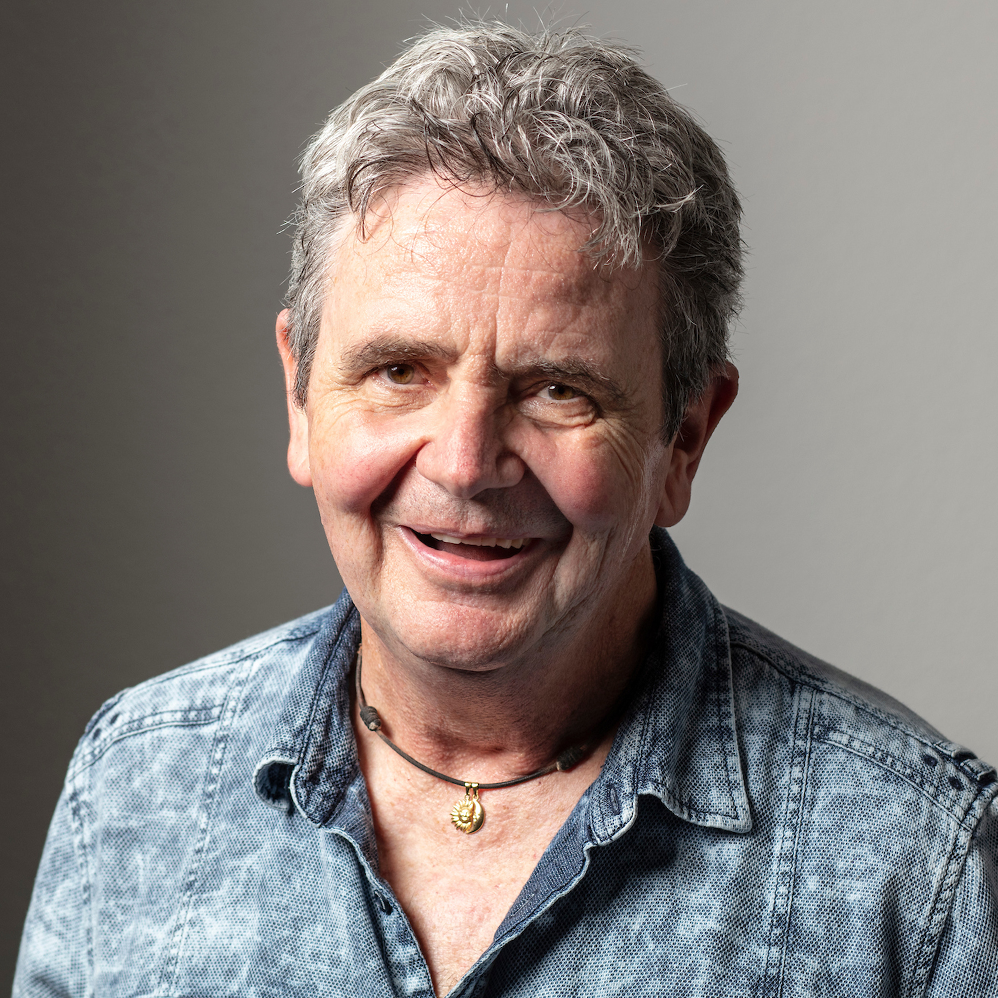
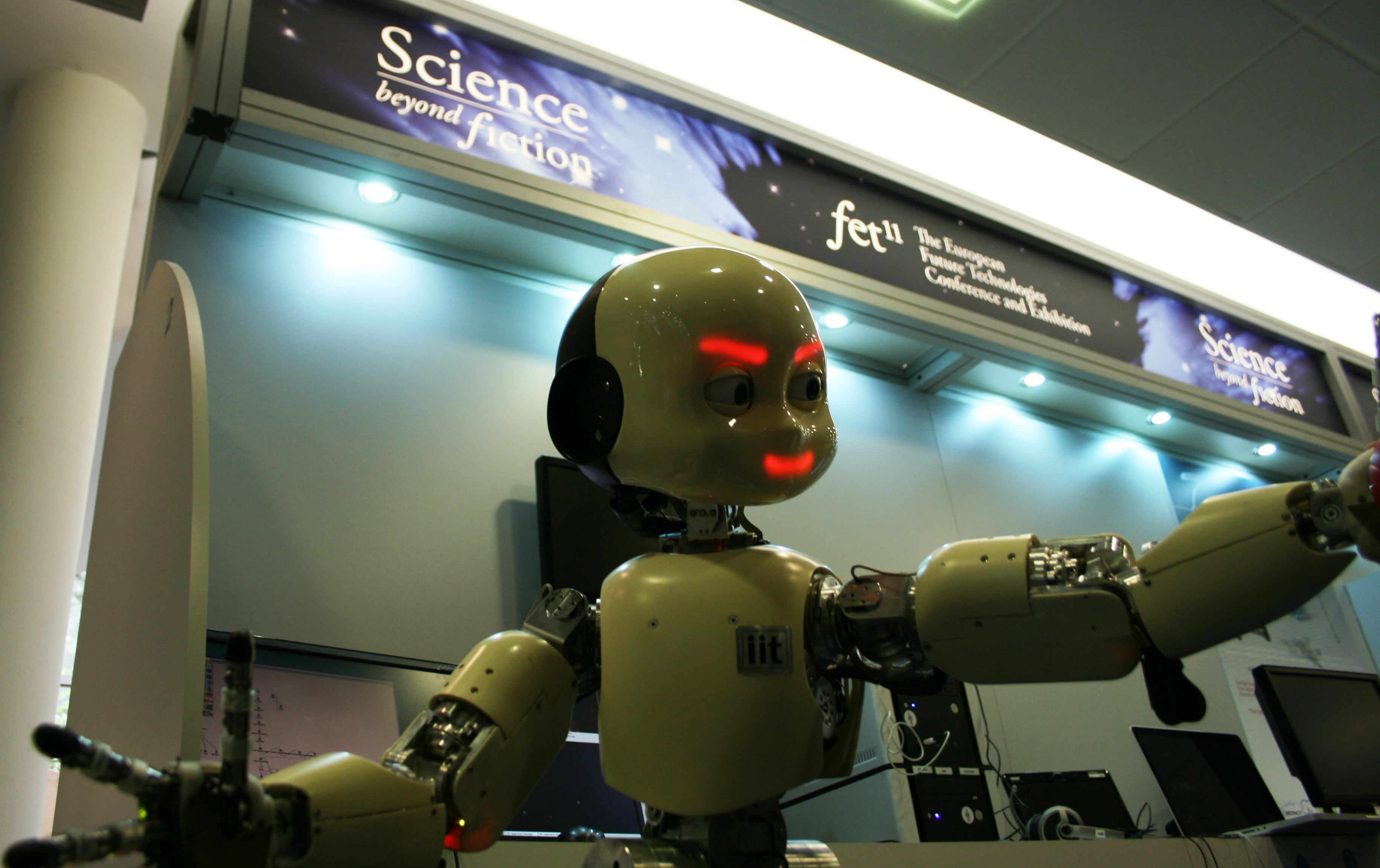
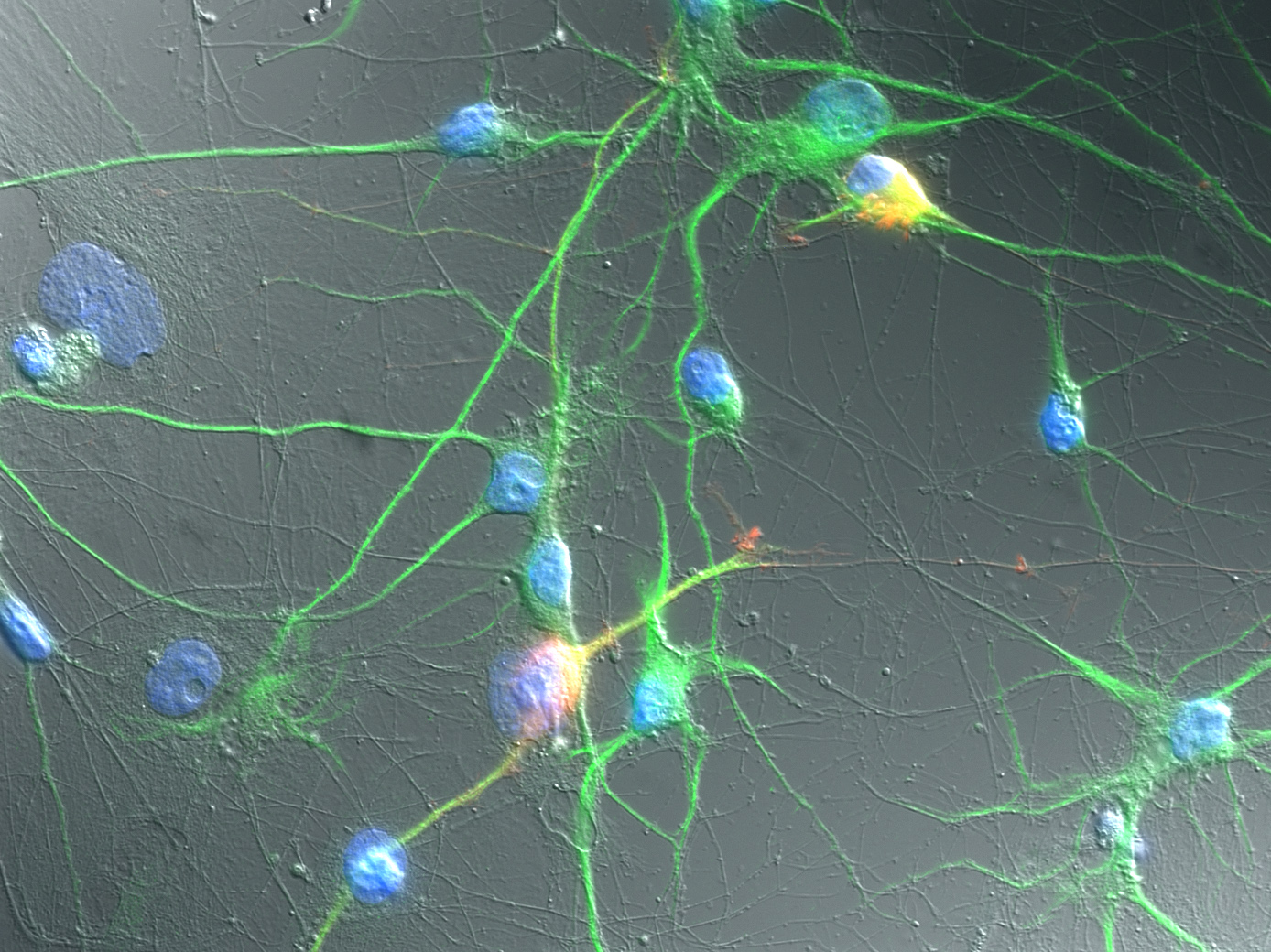

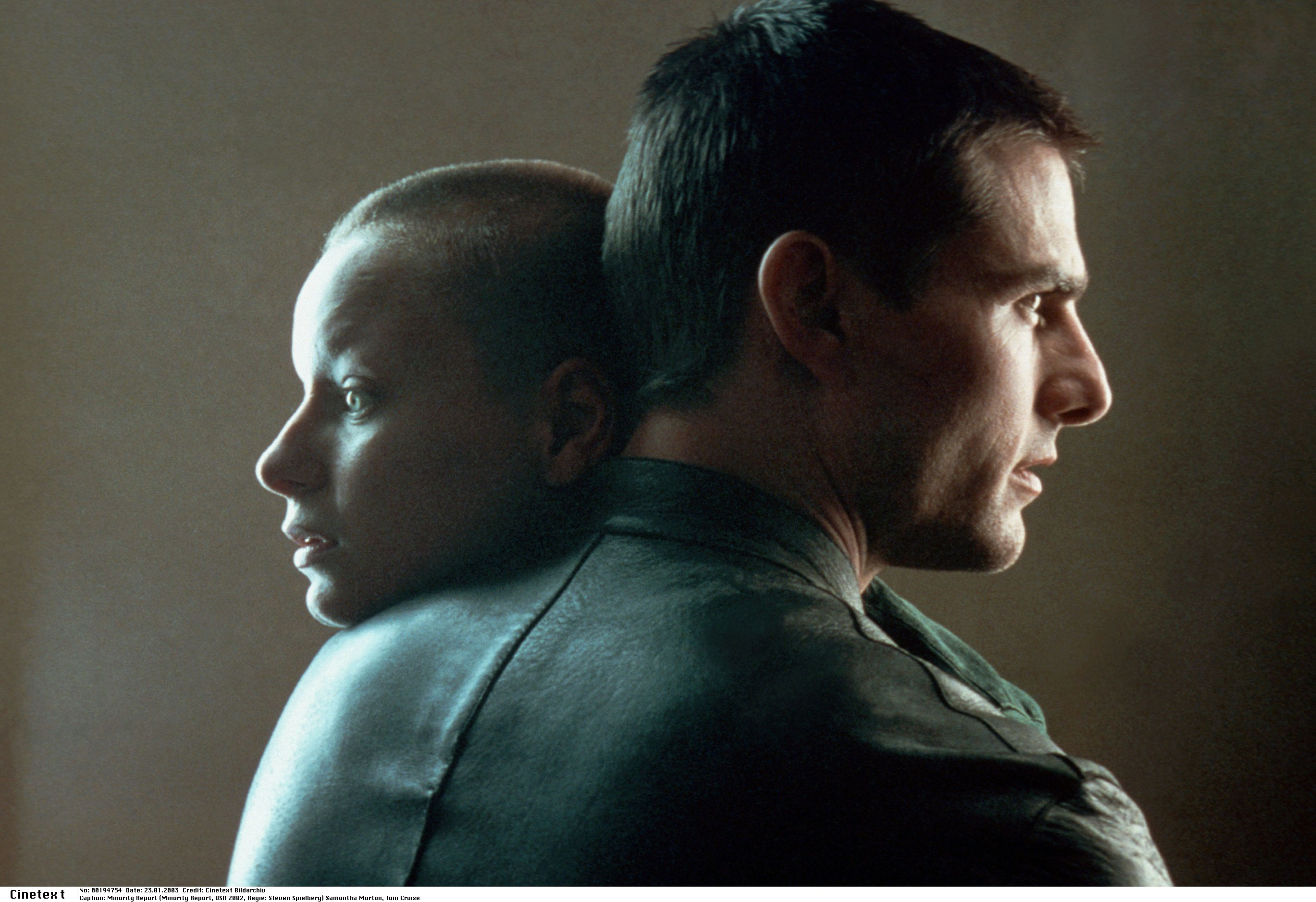

You can find an overview of ongoing debates with our journalists here. Please join us!
If you want to start a conversation about a topic raised in this article or want to report factual errors, email us at english@swissinfo.ch.